Home>Dining>Events & Etiquette>How To Create A Dinner Party Menu
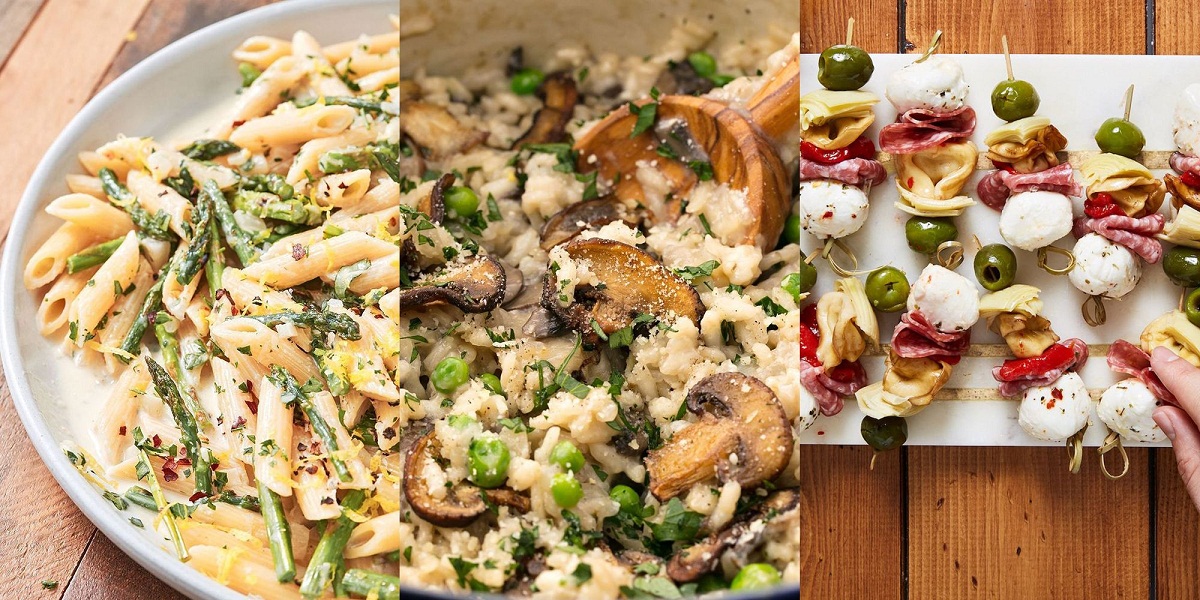

Events & Etiquette
How To Create A Dinner Party Menu
Modified: August 27, 2024
Learn the art of selecting a charming dinner party menu with our comprehensive guide on events etiquette. Impress your guests with delicious dishes and flawless hosting.
(Many of the links in this article redirect to a specific reviewed product. Your purchase of these products through affiliate links helps to generate commission for Storables.com, at no extra cost. Learn more)
Introduction
Hosting a dinner party can be a delightful and memorable experience for both the host and guests. From selecting the perfect menu to setting the table with elegance, every detail contributes to creating a remarkable event. However, planning a dinner party can be overwhelming, especially when it comes to deciding on the menu. Whether you are a seasoned host or a beginner, this comprehensive guide will provide you with step-by-step instructions on how to create a dinner party menu that will impress your guests.
A well-thought-out dinner party menu sets the tone for the entire event and allows you to showcase your culinary skills and creativity. It is essential to consider various factors such as the theme of the party, dietary restrictions, and the overall atmosphere you want to create. By following these steps and using your imagination, you can design a menu that reflects your personal style and leaves a lasting impression on your guests.
Key Takeaways:
- Theme selection is crucial for a cohesive dinner party menu. Consider dietary restrictions, ambiance, and decorations to create a memorable and inclusive dining experience for your guests.
- Planning a timetable and considering dietary restrictions are essential for a stress-free and enjoyable dinner party. By organizing tasks and accommodating guests’ needs, you can host a successful and memorable event.
Read more: Dinner Party Menu Ideas
Step 1: Determine the Theme
Choosing a theme for your dinner party adds a touch of excitement and cohesiveness to the event. The theme can be as simple as a specific cuisine, such as Italian or Mexican, or more elaborate, like a 1920s Great Gatsby-inspired soirée. Consider the occasion and your guests’ preferences when selecting a theme.
Once you have decided on a theme, you can build your menu around it. For example, if you choose an Italian theme, you can incorporate classic Italian dishes like pasta, pizza, and tiramisu. Alternatively, for a Moroccan-themed dinner party, you can include flavorful dishes like couscous, tagine, and baklava.
The theme not only guides your menu selection but also influences other aspects of the party, such as decorations and table settings. It creates a cohesive and memorable experience for your guests to enjoy.
When choosing a theme, it’s essential to consider the dietary restrictions of your guests. Ensure that the theme allows for flexibility so you can accommodate various dietary needs, such as vegetarian, gluten-free, or kosher options. Providing a diverse range of dishes ensures that everyone can enjoy the meal and feel included in the festivities.
Remember, the theme should not only be reflected in the food but also in the overall ambiance of the event. Set your table in a manner that complements the theme, incorporating elements in your decorations and table settings that align with it. Consider playing music that resonates with the theme as well. A well-executed theme, including a thoughtfully set table, adds a touch of magic and elevates the entire dining experience.
Step 2: Consider the Dietary Restrictions
When planning a dinner party menu, it is crucial to take into account the dietary restrictions and preferences of your guests. By doing so, you can ensure that all attendees feel included and can enjoy the meal without any concerns.
Start by gathering information from your guests regarding any allergies, intolerances, or dietary restrictions they may have. This could include common ones such as vegetarian, vegan, gluten-free, or dairy-free diets. It’s important to keep in mind that some guests may have multiple restrictions or unique dietary needs, so be prepared to accommodate a variety of preferences.
Once you have gathered the necessary information, it’s time to incorporate suitable options into your menu. Consider offering a diverse range of dishes that cater to different dietary needs. For example, include a couple of vegetarian or vegan options alongside your meat-based main course. You can also label each dish accordingly, indicating if it is gluten-free or contains any known allergens.
Don’t forget to keep cross-contamination in mind if you have guests with severe allergies. Use separate utensils, cutting boards, and cooking vessels to prevent any accidental contact with allergens.
When considering dietary restrictions, it’s also essential to be mindful of cultural or religious dietary practices. For instance, if you know that some guests observe Kosher or Halal dietary guidelines, make sure to provide appropriate food options that adhere to these guidelines. Respect and understanding of these practices will be greatly appreciated by your guests.
By considering the dietary restrictions of your guests, you are showing thoughtfulness and inclusivity. Not only will your guests feel appreciated, but they will also be able to enjoy the dinner party to its fullest extent.
Step 3: Plan the Appetizers
Appetizers are a fantastic way to kick off your dinner party and set the tone for the evening. They provide a delightful introduction to the main course and keep your guests satisfied while mingling and socializing. When planning your appetizers, aim for a combination of flavors and textures that will intrigue the taste buds.
One key consideration when selecting appetizers is to ensure they are easy to eat while standing or holding a drink. Opt for bite-sized or finger foods that can be enjoyed in one or two bites. This allows guests to effortlessly enjoy the appetizers without the need for utensils or plates.
Start by considering a variety of appetizer options to cater to different tastes and dietary preferences. Include options that are vegetarian, gluten-free, and/or dairy-free to accommodate guests with dietary restrictions. A well-rounded selection ensures everyone can find something they enjoy.
Consider a mix of hot and cold appetizers to add variety to your menu. Cold options like bruschetta, caprese skewers, or smoked salmon can be prepared ahead of time and require minimal heating or preparation. Hot options like mini quiches, meatballs, or stuffed mushrooms can be served straight out of the oven, enhancing the aroma and excitement.
Another factor to consider when planning appetizers is the timing. Ideally, you want to stagger the serving of the appetizers to keep the flow of the event smooth and ensure that guests don’t feel rushed. Consider serving lighter appetizers first and gradually introduce heavier ones as the party progresses.
Remember, the purpose of appetizers is to stimulate the appetite and provide a taste of what’s to come. Make sure they complement your main course rather than overpower it. Choose flavors that harmonize with your theme and set the right mood for the rest of the evening.
By carefully planning your appetizers, you can create a delightful and satisfying start to your dinner party. These bite-sized treats will tantalize your guests’ taste buds and build excitement for the main course to come.
Step 4: Choose the Main Course
The main course is the centerpiece of your dinner party menu. It’s the star of the show and should be carefully chosen to leave a lasting impression on your guests. When selecting the main course, consider various factors such as the theme, dietary restrictions, and the overall complexity of the dish.
First, consider the theme of your dinner party and choose a main course that fits within that theme. If you’re hosting a seafood-themed event, consider serving grilled salmon or shrimp scampi. For a rustic Italian dinner, a hearty lasagna or chicken Parmesan could be a great choice. Aligning your main course with the theme creates a harmonious and cohesive menu.
Next, take into account any dietary restrictions or preferences of your guests. Ensure you have options available for vegetarians, vegans, or those with specific allergies or intolerances. Offering a choice of main courses allows your guests to enjoy a meal that suits their needs, making them feel included and appreciated.
Consider the level of complexity in preparing the main course. While it’s exciting to challenge yourself in the kitchen, it’s important to be realistic about your culinary skills and the time you have available. Choose a main course that you feel confident in executing well and that won’t overwhelm you on the day of the party. This ensures that you can focus on enjoying the party and interacting with your guests rather than being stuck in the kitchen.
Another factor to consider is the balance of flavors and textures. Aim for a main course that offers a harmonious combination of tastes and is visually appealing. Consider incorporating a balance of proteins, grains, and vegetables to create a well-rounded and satisfying meal. Experiment with different herbs, spices, and sauces to elevate the flavors and make the dish more memorable.
Lastly, think about presentation. The main course should not only taste delicious but also look visually appealing. Take the time to arrange the dish beautifully on the plate, adding garnishes or drizzles of sauce for an extra touch of elegance. The presentation of the main course adds to the overall dining experience and leaves a lasting impression on your guests.
By carefully choosing the main course, you can create a memorable dining experience that will impress your guests. It’s the centerpiece of your menu and should reflect your creativity, culinary skills, and dedication to creating an unforgettable dinner party.
Read more: What Is A Progressive Dinner Party?
Step 5: Select Side Dishes
Side dishes are an essential component of a well-rounded dinner party menu. They complement the main course, add variety to the meal, and enhance the overall dining experience. When selecting side dishes, consider the flavors, textures, and colors that will create a harmonious balance with the main course.
Start by considering the theme and cuisine of your dinner party. Choose side dishes that align with the flavors and ingredients of the main course. If you’re serving a robust and flavorful main course, opt for lighter and refreshing side dishes to provide contrast. For example, if you’re serving a rich beef stew, consider serving a crisp salad or steamed vegetables as a side.
Take into account the dietary restrictions and preferences of your guests when selecting side dishes. Ensure you have options available for vegetarian, vegan, gluten-free, or other specific dietary needs. Variety is key to ensuring everyone can find something they enjoy and feels included in the meal.
Consider the overall balance of the meal. Choose side dishes that offer a mix of textures and flavors. Incorporate elements such as creamy, crunchy, tangy, and savory to create an exciting and satisfying dining experience. For example, pair a creamy potato gratin with a crisp and fresh green salad, or serve a tangy citrus-infused quinoa alongside a grilled protein.
Don’t forget to consider the seasonality of ingredients when selecting side dishes. Opt for fresh, seasonal produce to enhance the flavors and make the meal feel more vibrant. Utilize ingredients that are readily available and at their peak during the time of your dinner party. This adds a touch of freshness and ensures that the flavors are at their best.
When planning side dishes, consider the practicality of preparation as well. Choose dishes that can be made ahead of time or require minimal last-minute attention, allowing you to focus on other aspects of hosting during the party. This ensures that you can seamlessly coordinate the timing of the meal and enjoy the company of your guests.
By selecting side dishes that complement the main course and cater to the dietary needs of your guests, you can create a well-rounded and satisfying dining experience. These flavorful accompaniments enhance the overall meal and leave your guests feeling thoroughly impressed.
When creating a dinner party menu, consider a balance of flavors, textures, and colors to create a visually appealing and satisfying meal for your guests.
Step 6: Don’t Forget about Drinks
When planning a dinner party, it’s important not to overlook the importance of drinks. The right selection of beverages can enhance the dining experience and leave a lasting impression on your guests. Consider the following factors when choosing drinks for your dinner party menu.
First and foremost, take into account the preferences of your guests. Find out if they have any specific drink preferences or if there are any dietary restrictions or allergies to consider. Provide a variety of options to cater to different tastes, including alcoholic and non-alcoholic beverages.
If you plan to serve alcoholic drinks, consider offering a selection of wine, beer, and spirits that pair well with the main course. Do some research to find out which beverages complement the flavors of the dishes you are serving. For example, if you’re serving a rich steak, opt for a bold red wine like Cabernet Sauvignon. If your main course is a delicate seafood dish, consider a crisp white wine or champagne.
In addition to alcoholic beverages, provide non-alcoholic options for those who prefer not to drink alcohol or for designated drivers. Create interesting mocktails or offer a variety of non-alcoholic beers and wines. Make sure to have plenty of water and other non-alcoholic beverages available throughout the evening to keep your guests hydrated.
When it comes to serving drinks, presentation is key. Invest in quality glassware and choose appropriate serving vessels for each type of drink. For example, serve wine in stemmed glasses, cocktails in stylish tumblers, and beer in chilled pint glasses. The presentation of the drinks adds a touch of elegance to the overall dining experience.
Consider creating a signature cocktail for your dinner party based on the theme or the flavors of the dishes. This adds a personalized touch and creates a memorable drinking experience for your guests. Include the recipe on a menu or display it at the bar area, allowing guests to recreate the cocktail at home if they wish.
Finally, it’s important to have a well-stocked bar with all the necessary mixers, garnishes, and ice. Ensure you have a variety of non-alcoholic mixers like soda, tonic water, and fruit juices, as well as appropriate garnishes such as citrus slices, fresh herbs, and cocktail cherries. Having everything readily available ensures a smooth flow of service without any last-minute panic.
By considering the preferences of your guests, providing a thoughtfully-selected range of beverages, and paying attention to presentation, you can create a drink selection that enhances the dining experience and delights your guests.
Step 7: Create a Dessert Menu
No dinner party is complete without a delicious and satisfying dessert. Creating a dessert menu is your opportunity to showcase your culinary creativity and provide a sweet ending to the meal. When designing your dessert menu, consider the following factors:
First and foremost, consider the overall balance of flavors and textures. Just like with the main course and side dishes, aim for a variety of tastes and a harmonious combination of textures. Consider offering a mix of light and refreshing options, as well as richer and more indulgent choices. This allows your guests to choose a dessert that suits their preferences and leaves a lasting impression.
Take into account any dietary restrictions or allergies when planning your dessert menu. Provide options that can accommodate different dietary needs, such as gluten-free, dairy-free, or vegan desserts. Offering inclusive choices ensures that all guests can enjoy a sweet treat at the end of the meal.
Consider incorporating seasonal ingredients into your dessert menu. Utilize fruits, flavors, and spices that are in season to enhance the freshness and vibrancy of the desserts. Seasonal desserts not only taste better but also add a touch of excitement and seasonality to your dinner party.
When planning your dessert menu, think about the presentation and visual appeal of the dishes. Aesthetics play a significant role in creating a memorable dining experience. Consider garnishing desserts with fresh berries, edible flowers, or a dusting of powdered sugar to create an eye-catching and enticing presentation.
Offer a variety of dessert options, including both plated desserts and bite-sized treats. Plated desserts are perfect for a sit-down dinner, while bite-sized treats like mini tarts, cookies, or petit fours are ideal for serving on a dessert table or passing around as a sweet finale. Providing different options allows your guests to choose based on their preference and keeps the dessert experience exciting.
Don’t forget to consider the pairing of desserts with appropriate beverages. Suggest wine, coffee, tea, or other digestifs that complement the flavors of the desserts. This adds a level of sophistication to the dessert experience and provides an opportunity for guests to further indulge their palates.
By carefully creating a dessert menu that offers a variety of flavors, caters to dietary restrictions, and presents visually appealing treats, you can provide a sweet ending to your dinner party that delights and satisfies your guests.
Step 8: Decorate the Table
When hosting a dinner party, the table decor plays a crucial role in setting the mood and creating an inviting atmosphere. A beautifully decorated table elevates the dining experience and adds a touch of elegance to your event. Here are some tips to decorate your table for a memorable dinner party:
Start by considering the theme or style of your dinner party. The table decor should align with the overall theme and create a cohesive look. For example, if you’re hosting a rustic-themed dinner, use natural elements like wooden chargers, burlap runners, and mason jar centerpieces. For a more formal affair, opt for fine table linens, sleek glassware, and sophisticated floral arrangements.
Choose a color scheme that complements your theme and evokes the desired ambiance. Consider the season, the type of event, and the mood you want to create. You can opt for a monochromatic color palette for an elegant and understated look, or mix and match complementary colors to add vibrancy and visual interest.
Invest in quality table linens that are both practical and visually appealing. Choose tablecloths or runners that suit the theme and colors of your dinner party. Ensure they are clean, pressed, and properly sized for your table. You can also layer linens for added texture and dimension.
Choose appropriate tableware that complements the overall theme and enhances the dining experience. Use coordinating dinnerware, flatware, and glassware that are in line with the style and formality of your event. Don’t forget to ensure you have enough place settings for all your guests.
Create an eye-catching centerpiece that serves as the focal point of your table. Consider using fresh flowers, candle arrangements, or a combination of both. Get creative with the vessel by using unique containers like glass vases, wooden crates, or decorative bowls. The centerpiece should be low enough to allow for easy conversation and eye contact among guests.
Consider adding additional elements to enhance the table decor. Incorporate decorative elements such as place cards, personalized menus, or small favors at each place setting to make your guests feel special. You can also add natural elements like foliage, pinecones, or seashells to match your theme and add texture.
Pay attention to lighting to create a warm and inviting ambiance. Use candles, string lights, or dim the overhead lights to create a cozy and intimate atmosphere. Soft, warm lighting enhances the dining experience and sets the mood for an enjoyable evening.
Lastly, ensure there is ample space for your guests to comfortably enjoy the meal. Arrange the table in a way that allows for easy conversation and interaction among guests. Avoid overcrowding the table with excessive decorations, as this can make it difficult for guests to engage with one another.
By carefully decorating your table with attention to theme, colors, linens, centerpieces, and lighting, you can create a visually stunning and inviting dining experience for your guests. A beautifully adorned table sets the stage for a memorable dinner party.
Read more: How To Organize A Dinner Party
Step 9: Prepare a Timetable
Preparing a timetable for your dinner party is essential to ensure that everything runs smoothly and you can enjoy the event without feeling overwhelmed or rushed. By planning ahead and organizing your tasks and timeline, you can create a stress-free and enjoyable experience for both you and your guests. Here’s how to prepare a timetable for your dinner party:
Start by working backward from the time you want to serve the main course. Determine the cooking and preparation time required for each dish, taking into account any prepping, marinating, or chilling time. Set specific time slots for each task to keep yourself on track and avoid any last-minute rushes.
Consider the complexity of each dish and factor in additional time for any unexpected mishaps or adjustments that may be needed. Be realistic about your cooking abilities and the amount of time you have available. If there are any dishes that can be prepared in advance, plan to make them ahead of time to ease the workload on the day of the party.
Take into account the time needed for setting the table, finalizing the table decor, and completing any last-minute preparations. Allot enough time for yourself to get ready and dress for the occasion. Remember, you want to be able to welcome your guests and enjoy their company, so make sure you have enough time to relax and get yourself ready.
Create a detailed schedule that includes specific tasks and their associated times. This could include when to start preheating the oven, when to start cooking each dish, when to remove items from the refrigerator to allow them to come to room temperature, and so on. Having a clear schedule will help you stay organized and ensure that everything is prepared and cooked at the right time.
Delegate tasks to any willing helpers you may have. Assign specific responsibilities to your family members, friends, or hired assistance to ease the workload. This could include setting the table, pouring drinks, or assisting with plating and serving. By sharing the responsibilities, you can focus on the essential tasks and enjoy the party alongside your guests.
Consider incorporating buffer times into your timetable to account for any unforeseen delays. It’s always wise to allow for some flexibility in case things take longer than expected or if any last-minute adjustments are needed. A well-planned timetable with some wiggle room will help you stay organized and calm throughout the event.
Lastly, communicate your timetable with your helpers or co-hosts. Make sure everyone is aware of the schedule and their responsibilities. This will help ensure a smooth and coordinated effort in executing the dinner party.
By preparing a timetable, you can stay organized, avoid unnecessary stress, and ensure that everything is on track for a successful dinner party. With a clear plan in place, you can relax and enjoy the company of your guests while confidently hosting a delightful event.
Conclusion
Hosting a dinner party can be a wonderful and rewarding experience. By following these steps, you can create a memorable and enjoyable event for both you and your guests. From determining the theme to preparing a timetable, every aspect of planning a dinner party requires careful consideration and attention to detail.
Choosing a theme sets the tone for the evening and allows you to create a cohesive and immersive experience. Consider the dietary restrictions and preferences of your guests when selecting the menu, ensuring that everyone can enjoy the meal. Plan appetizers that are easy to eat while socializing and provide a delightful introduction to the main course.
When choosing the main course, consider the theme, dietary restrictions, and complexity of the dish. Select side dishes that complement the main course and offer a variety of flavors and textures. Don’t forget to carefully choose the drinks to enhance the dining experience and cater to different preferences.
Creating a dessert menu adds a sweet ending to the meal and provides a chance to showcase your creativity. Pay attention to the table decoration, setting an inviting and visually pleasing atmosphere. Finally, prepare a timetable to effectively organize your tasks and ensure a smooth flow of the event.
Remember, a successful dinner party is not just about the food and decorations; it’s about creating a warm and inviting environment, fostering connections, and leaving a lasting impression on your guests. By putting thought and effort into every step of the planning process, you can create a memorable dining experience that will be cherished by all who attend.
So, gather your culinary skills, unleash your creativity, and embark on the journey of hosting a remarkable dinner party. With proper planning, delicious food, and a welcoming atmosphere, your event is sure to be a resounding success.
Frequently Asked Questions about How To Create A Dinner Party Menu
Was this page helpful?
At Storables.com, we guarantee accurate and reliable information. Our content, validated by Expert Board Contributors, is crafted following stringent Editorial Policies. We're committed to providing you with well-researched, expert-backed insights for all your informational needs.
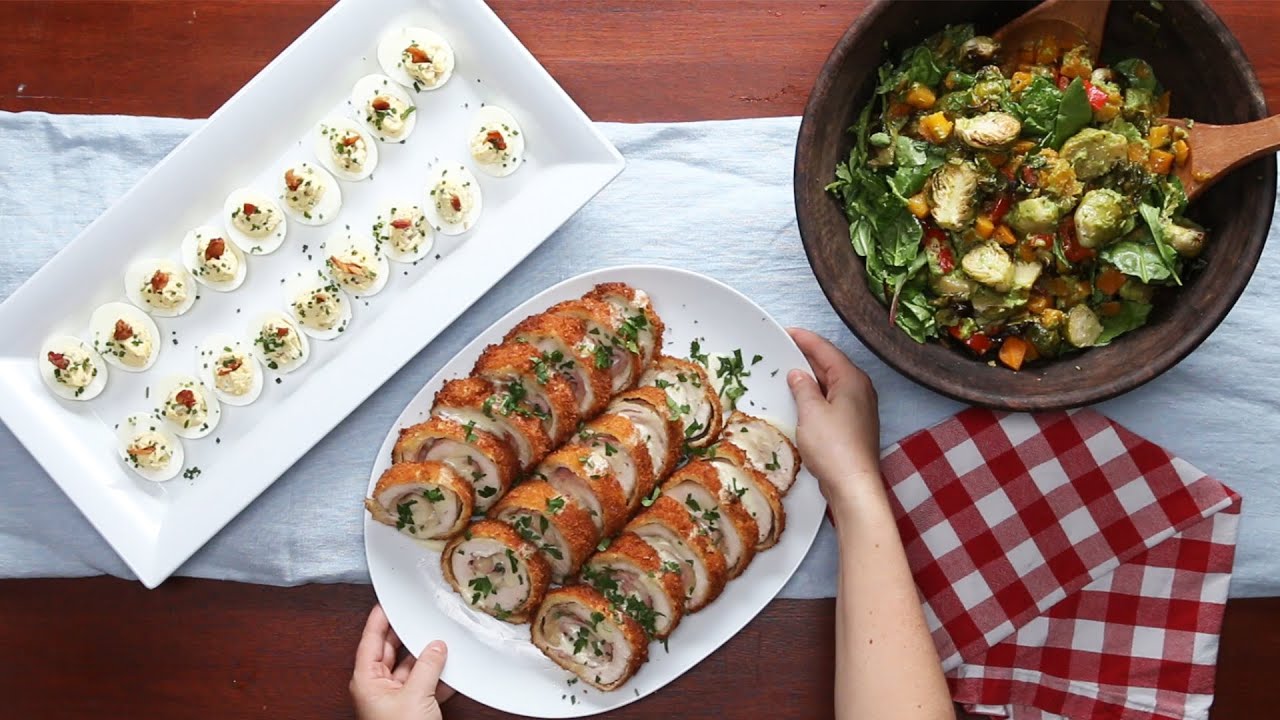

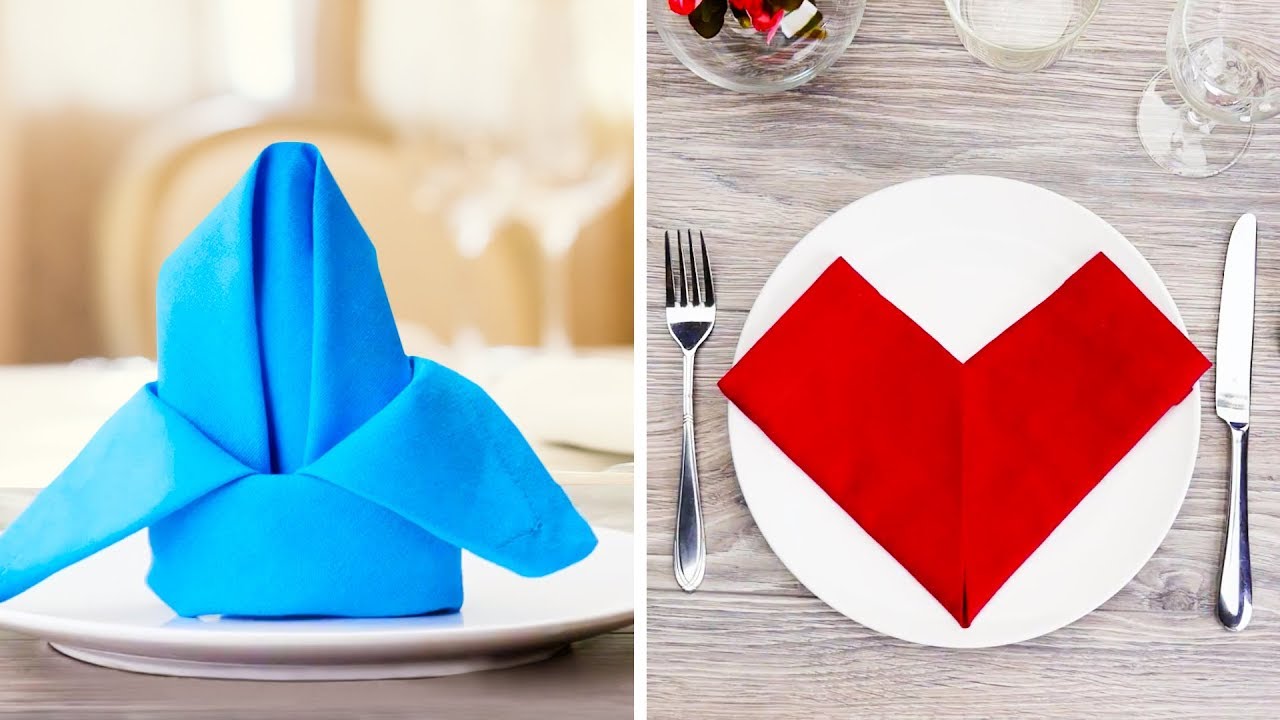


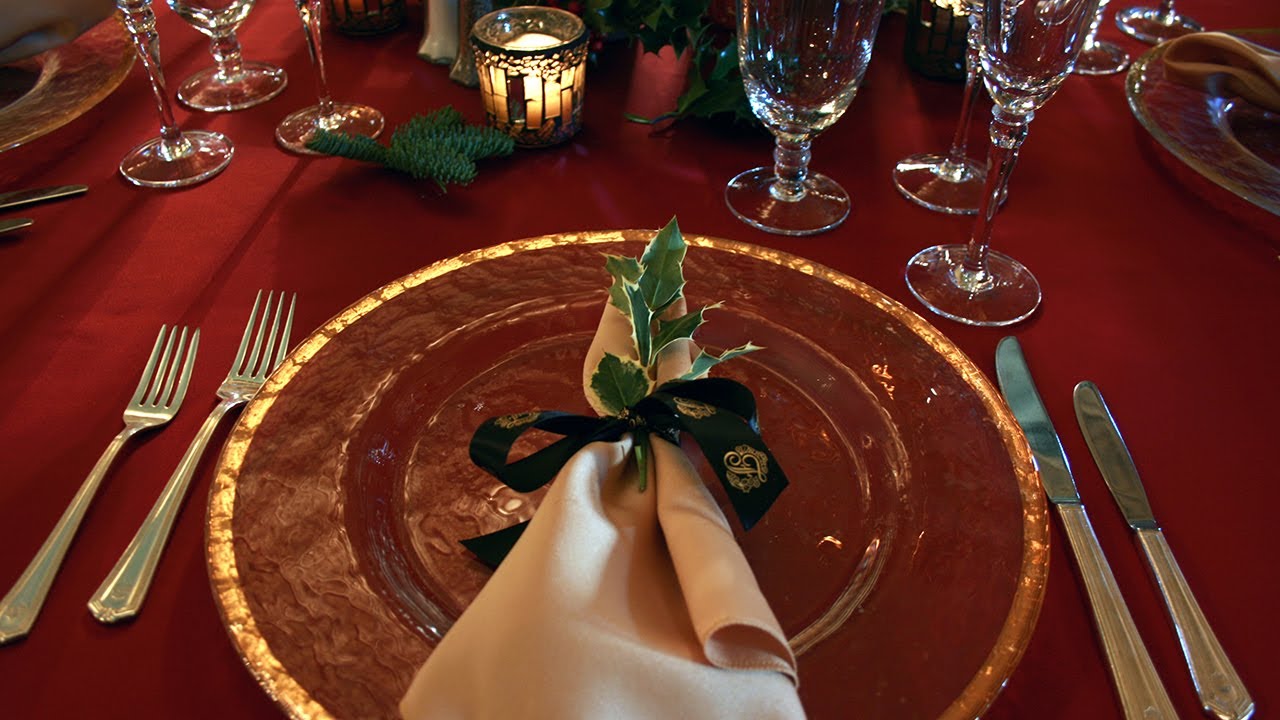
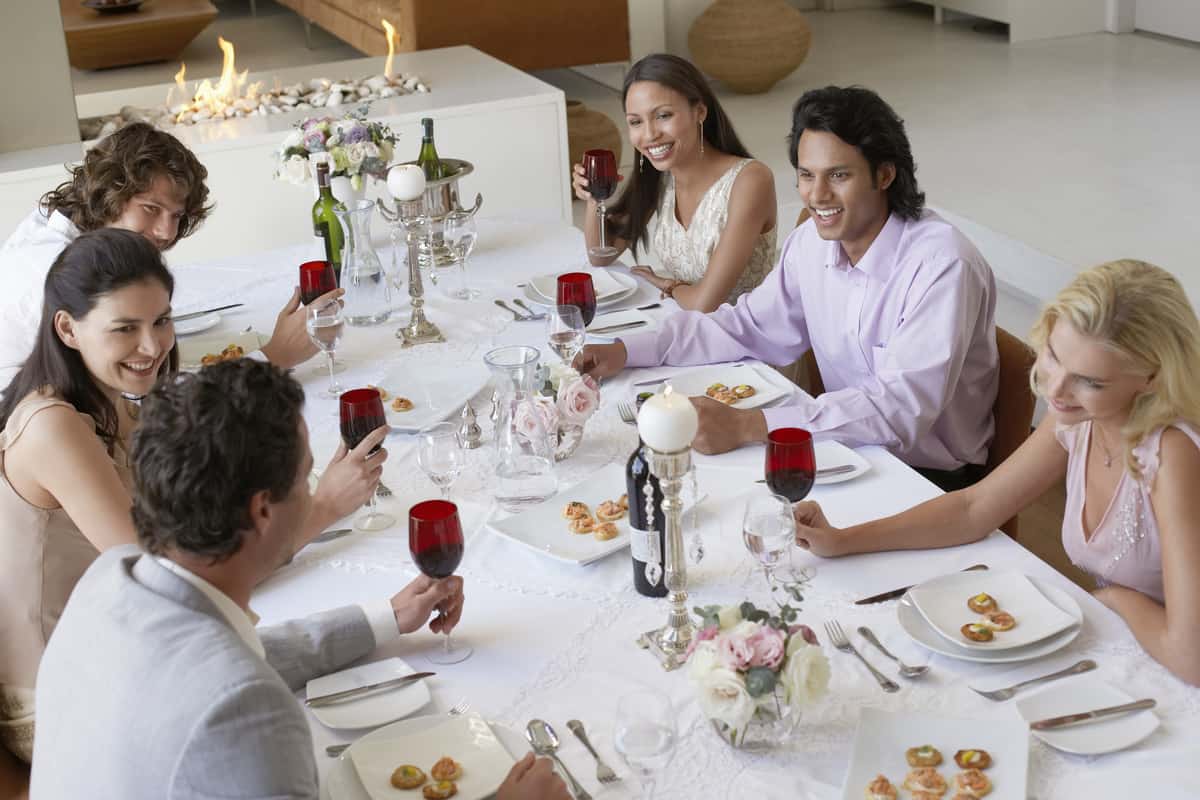

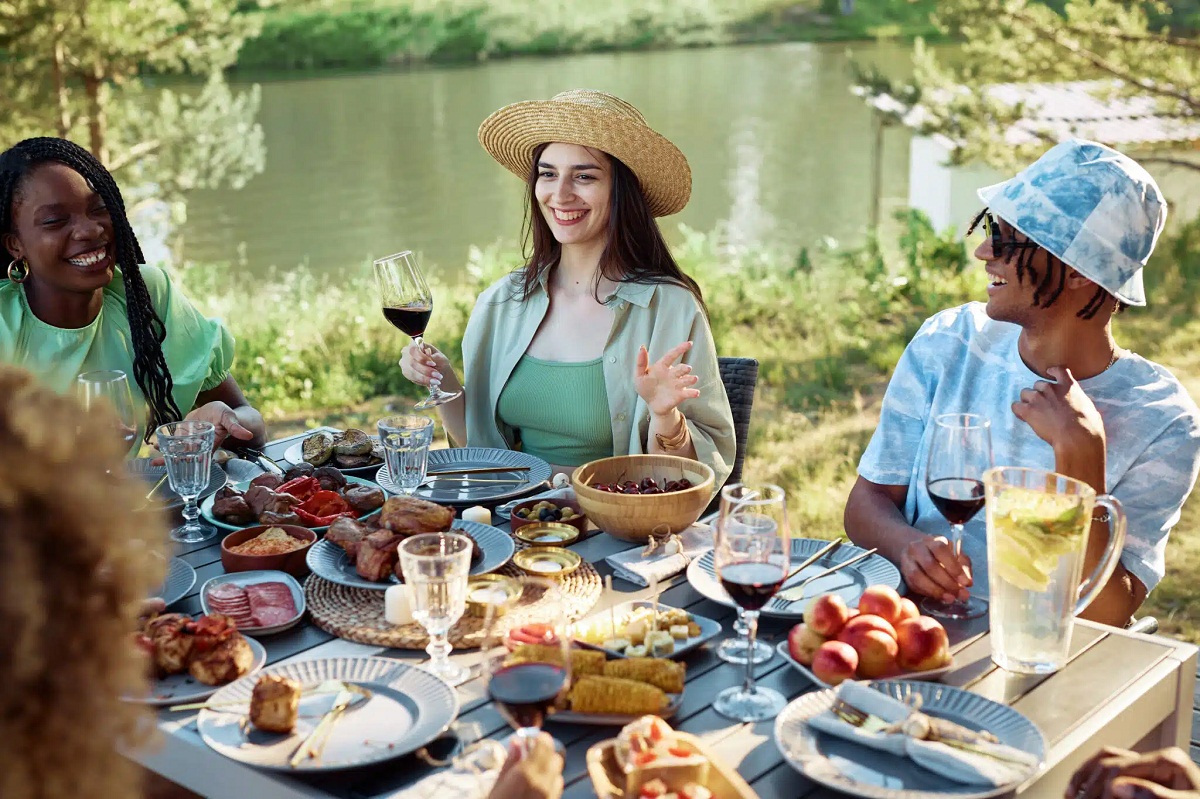

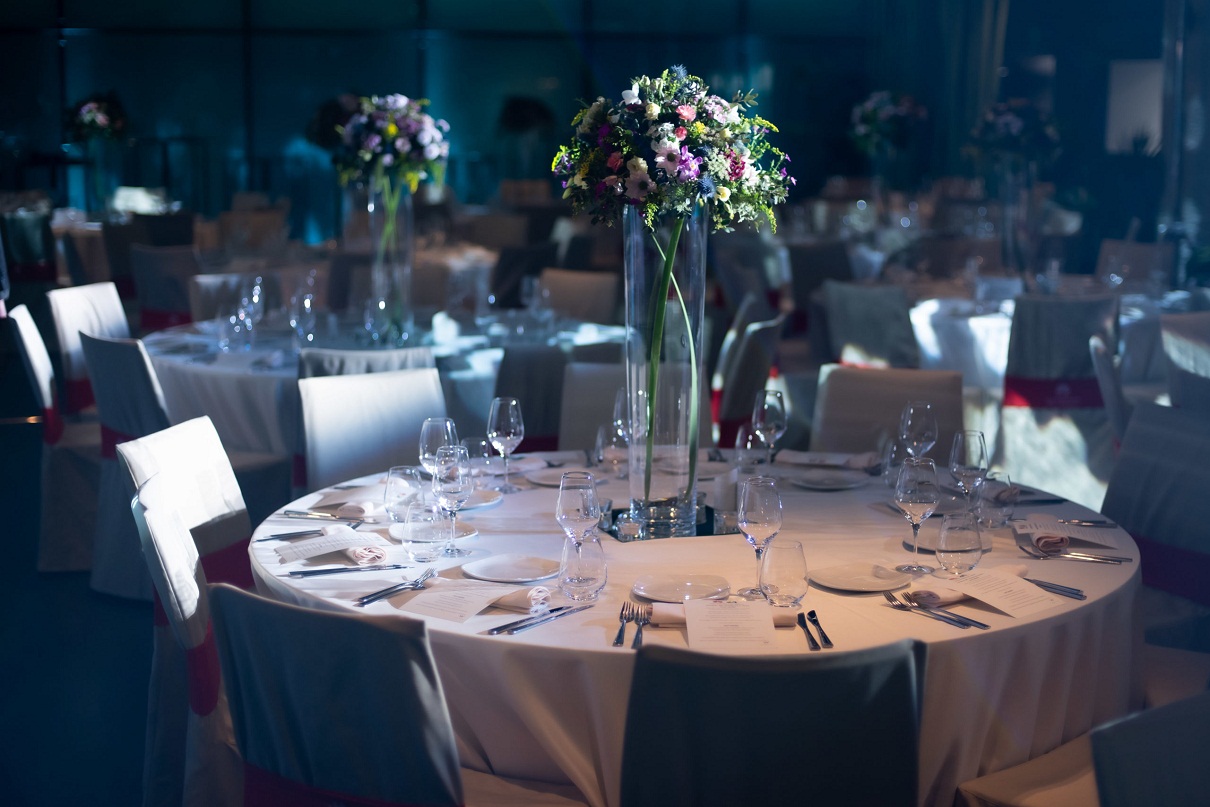
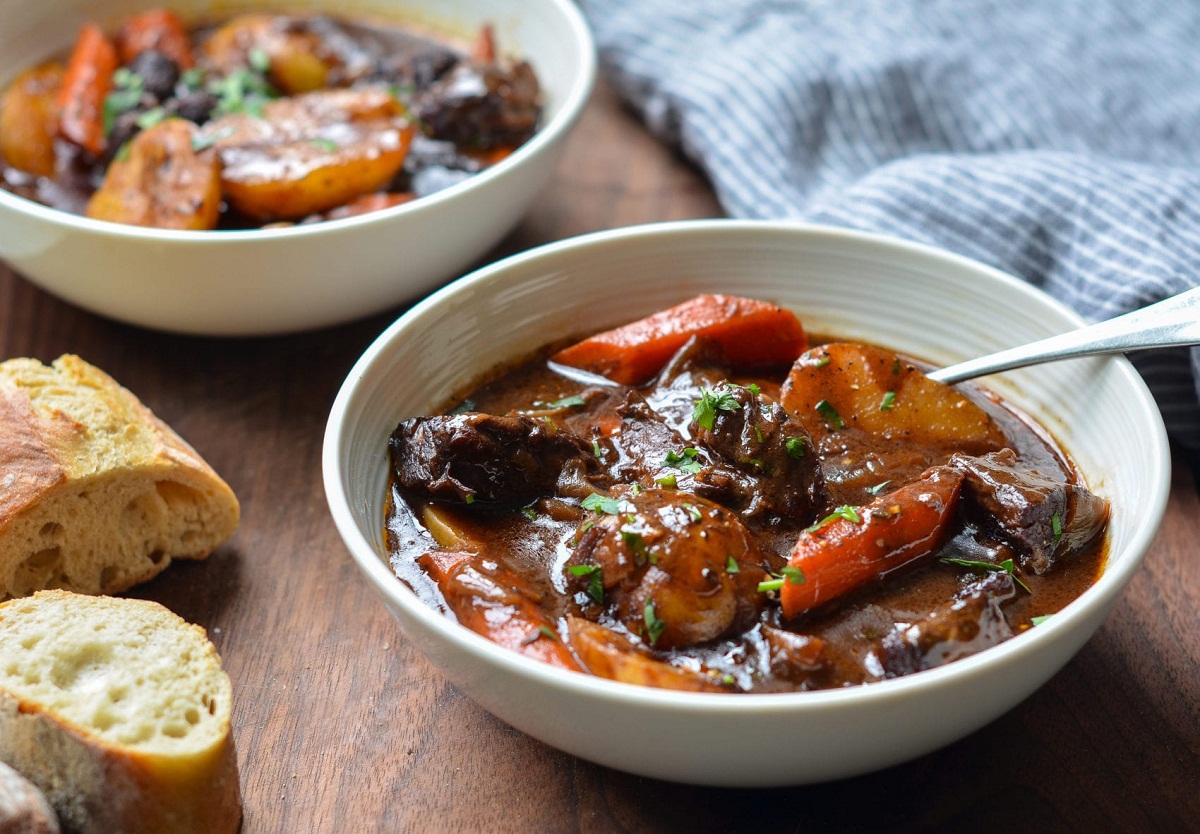
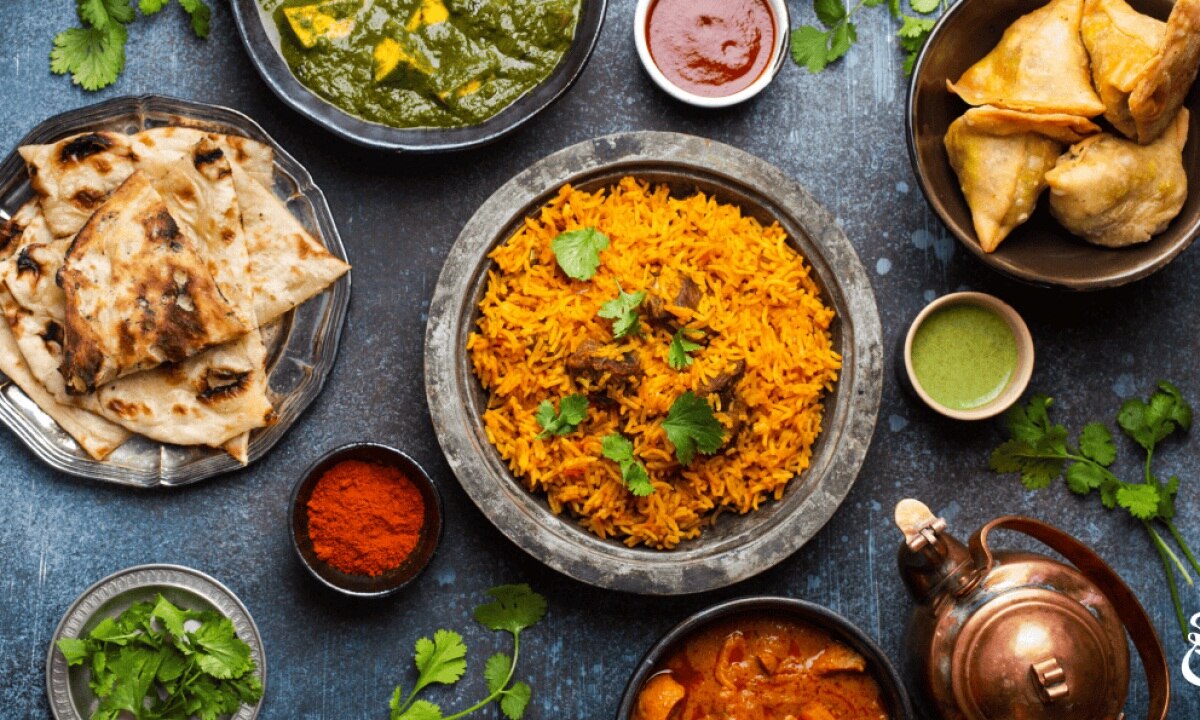

0 thoughts on “How To Create A Dinner Party Menu”